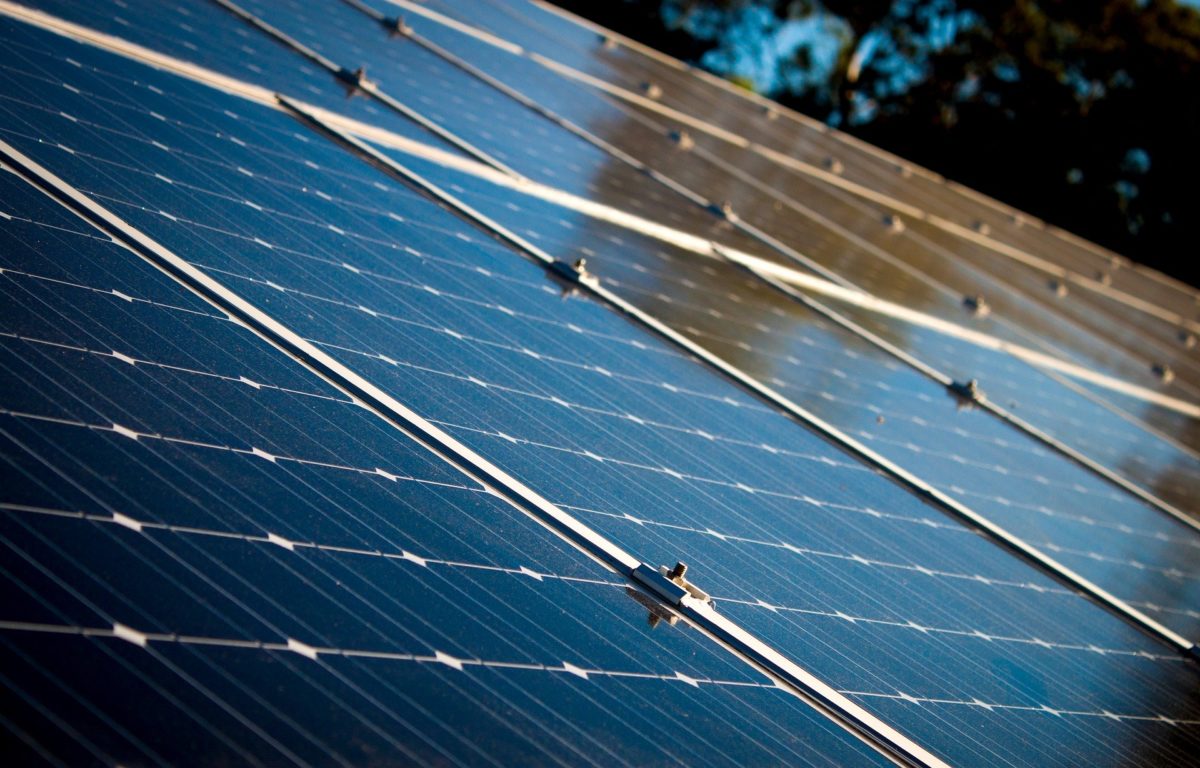A new study has evaluated the accuracy of mathematical models used in the PV industry and research to evaluate the performance of solar modules under varying environmental conditions such as irradiance and temperature.
The findings are described in the paper Evaluation of solar module equivalent models under real operating conditions—A review, published in the Journal of Renewable and Sustainable Energy.
The researchers analyzed the basic models for evaluating the I-V profile of modules – a graphical representation of the relationship between the voltage applied across an electrical device and the current flowing through it.
The conventional modeling tools are a basic, simplified three-parameter system which does not incorporate series and shunt resistance for I-V profiles; an extended five-parameter model which considers the effect of series and shunt resistance; and a seven-parameter version which also includes the effect of temperature and irradiance variation on solar cells.
Module technologies
“While all these models reasonably predict IV profiles of solar modules at small variations from standard testing conditions (STCs), their performance in modeling the module performance at low irradiances and high temperatures is far from ideal,” the researchers said.
The accuracy of the models was measured for crystalline silicon technology (c-Si) solar products and for thin-film devices based on amorphous silicon (a-Si); copper, indium, gallium and selenium (CIGS); and cadmium telluride (CdTe).
Popular content
“The major contribution of this work lies in the detailed assessment of the models where we quantify the accuracy of all three models over a wide range of varying irradiance profiles for both TF [thin-film] and c-Si modules,” the researchers wrote.
Crystalline solar panels made by Mitsubishi, Sharp, Suntech, Adani Solar, Amerisolar, Canadian Solar, Gintech, Tamesol and Solar Power Mart were used, as well as thin-film products from First Solar, Q-Cells and Solar Frontier, among others.
Diverging results
The scientists found the three-parameter model generally over-predicted by a significant margin the maximum power point (MPP) – and therefore the power output – of c-Si and thin-film panels.
The five-parameter model, which is said to require higher computational complexity and, often, numerical solutions, was considered a better baseline for more accurate results as it was better able to predict the I-V profile for thin-film modules in multiple irradiance conditions. In low-irradiance conditions, however, the five-parameter model still did not accurately model results, according to the paper.
The researchers said the seven-parameter model was the most accurate for c-Si modules. “Slightly improved performance of the seven-parameter model is due to the fact that it includes the low-irradiance performance factor; it brings the power over-prediction down to 11.5%.” the report noted. “It still overestimates the power produced but is generally a better fit for modeling performance of c-Si solar cell technology.”
This content is protected by copyright and may not be reused. If you want to cooperate with us and would like to reuse some of our content, please contact: editors@pv-magazine.com.



1 comment
By submitting this form you agree to pv magazine using your data for the purposes of publishing your comment.
Your personal data will only be disclosed or otherwise transmitted to third parties for the purposes of spam filtering or if this is necessary for technical maintenance of the website. Any other transfer to third parties will not take place unless this is justified on the basis of applicable data protection regulations or if pv magazine is legally obliged to do so.
You may revoke this consent at any time with effect for the future, in which case your personal data will be deleted immediately. Otherwise, your data will be deleted if pv magazine has processed your request or the purpose of data storage is fulfilled.
Further information on data privacy can be found in our Data Protection Policy.